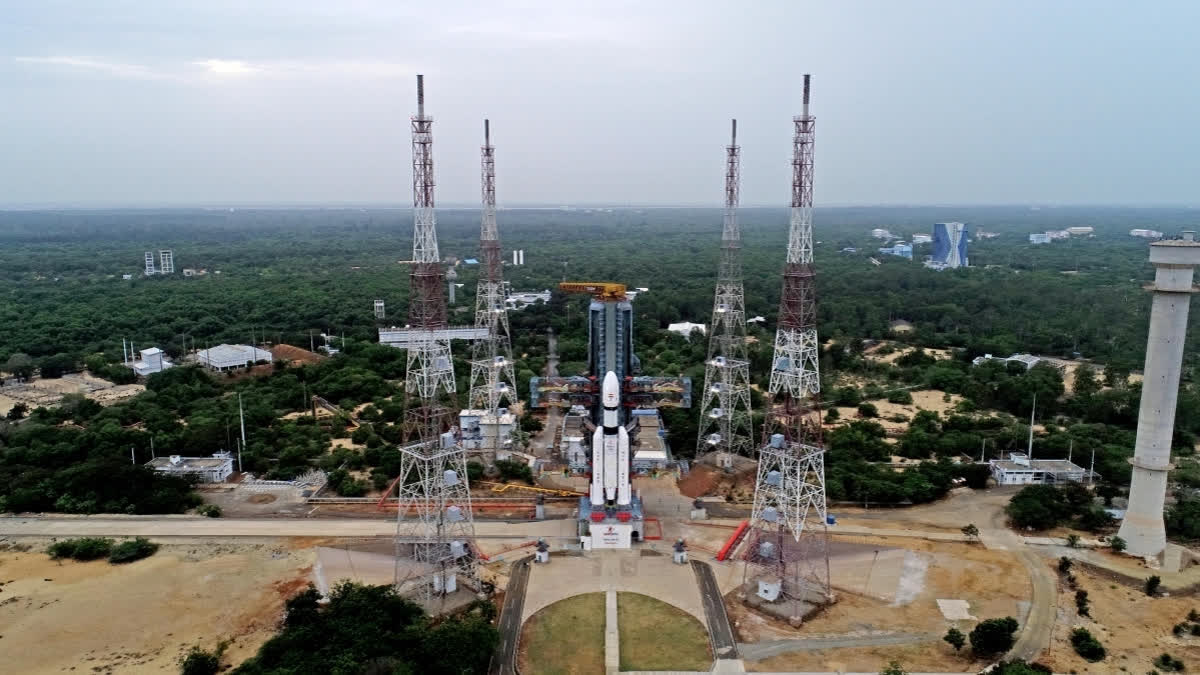Bengaluru/Hyderabad: Stepping into the realm of extraterrestrial exploration, in a strategic departure from conventional design practices, the Indian Space Research Organisation (ISRO) has chosen to adopt a "failure-based design" approach for its upcoming 'Chandrayaan-3' mission which has been scheduled for Friday, July 14 at 2:35 pm. The decision reflects ISRO's determination to learn from its previous setbacks and maximise the probability of mission success.
Following the Chandrayaan-2 mission, which encountered an unfortunate anomaly during the soft landing phase, ISRO initiated a thorough analysis of the mission's challenges. Recognizing the invaluable insights gained from both successes and failures, the space body decided to embrace a design philosophy that incorporates learning from past missions. By incorporating a "failure-based design" strategy, ISRO aims to identify and address potential failure points early in the mission development process.
Background:Chandrayaan-2 mission was a highly complex mission, which represented a significant technological leap compared to the previous missions of ISRO. It comprised of an Orbiter, Lander, and Rover to explore the unexplored South Pole of the Moon.
On August 20, 2019, Chandrayaan-2 was successfully inserted into lunar orbit. While orbiting the moon in a 100 km lunar polar orbit, on September 02, 2019, Vikram Lander was separated from the Orbiter in preparation for landing. Subsequently, two de-orbit manoeuvres were performed on Vikram Lander so as to change its orbit and begin circling the moon in a 100 km x 35 km orbit. Vikram Lander's normal performance was observed up to an altitude of 2.1 km. Subsequently, communication from the lander to the ground stations was lost.
With the moon's unforgiving gravitational embrace, Vikram Lander crash-landed on the moon's surface after its guidance software went kaput, according to ISRO sources. To sum up, the problem in Chandrayaan -2 was that the ability to handle parameter dispersion was very limited.
